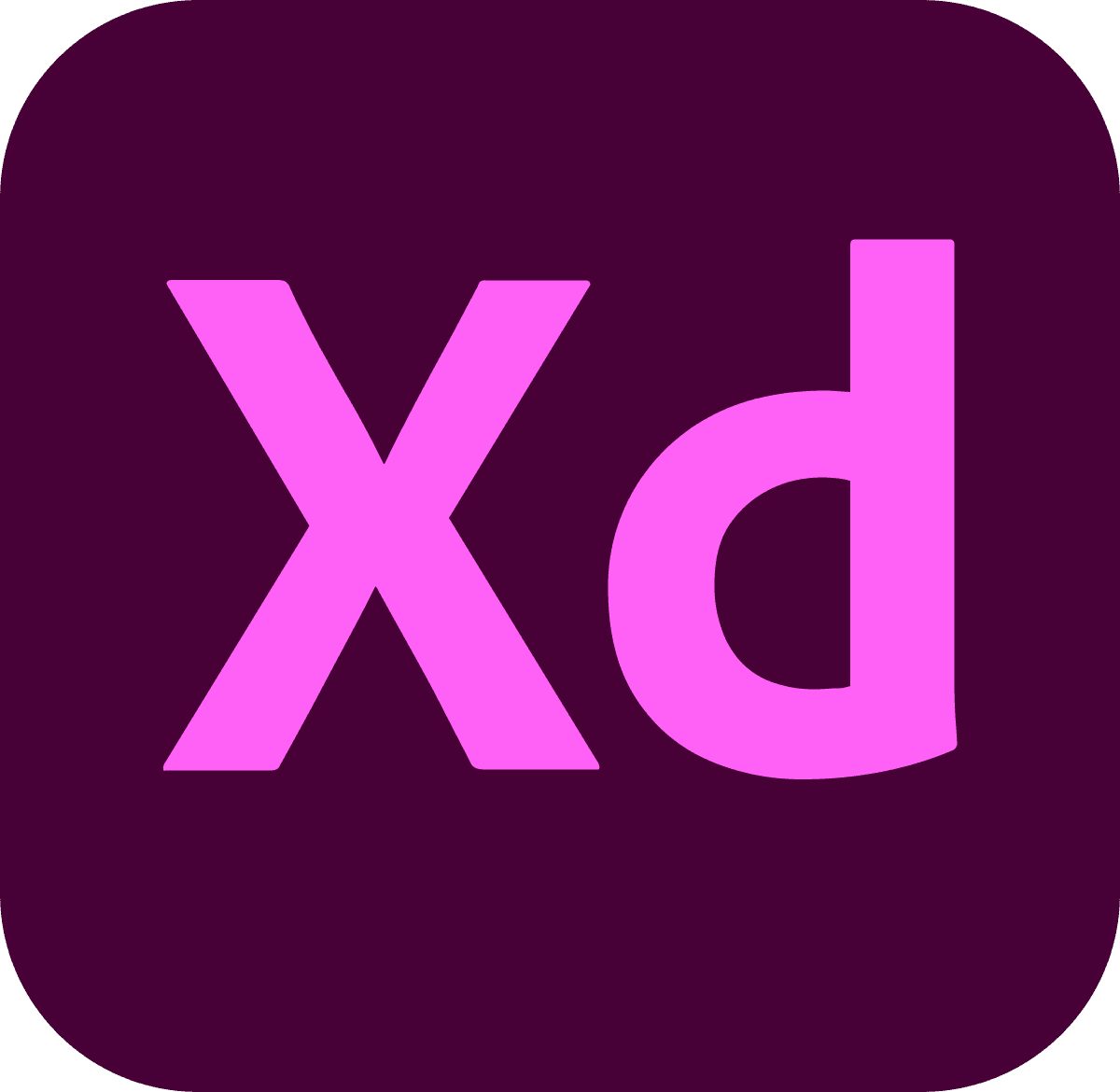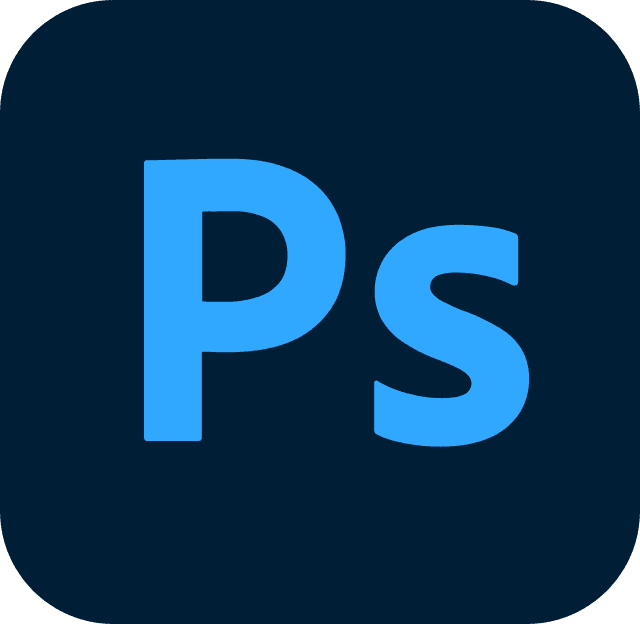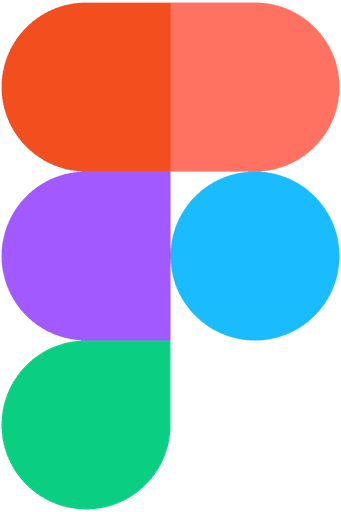Mobile app to enhance the Concert Going Experience
Latasha, Ope, Rishika, Rose, Sai
9 Weeks
Challenge
Attending live concerts should be a seamless and immersive experience, but fans often face challenges like disorganized planning, last-minute ticketing stress, and lack of personalized event discovery. Concert Buddy aims to bridge this gap by providing a smart, user-centric platform that enhances the entire concert-going journey—from finding events and coordinating with friends to capturing memories—ensuring fans can fully enjoy the music without the hassle.
Results
5 of 6 users successfully completed tasks. Most users found the process intuitive and appreciated the app’s focus on personalization. The early results validate the core concept and provide clear next steps to improve user trust and event partnerships.
Process
Discovery Phase: Competitive Analysis, User Interviews, Inductive Coding, Scenarios and Personas.
Design Phase-I: Mood boards, Information Architecture, Wireframing, Prototyping.
Testing Phase-I: Observations and AEIOU Framework, Priority Matrix.
Design Phase-II: Visual Design and Hi-fi Prototyping.
Delivery: Hi-fi prototype and Final Report.
Survey with 67 Participants:
54%
Preferred taking a Cab/Taxi to avoid parking issues at the venue.
68%
Preferred attending in groups of 4 or more
88%
Attendees prioritized the artist over the venue
Discovery Phase
Inductive Coding


Customer Journey map
Competitive analysis
To analyze the customer reviews collected from the PlayStore and AppStore review sections, we used ChatGPT 3.5.
The AI tool helped provide us with insight into what features the users like the most. Limited social interaction, for example, was one of the main complaints based on user reviews. Based on this information, our team was able to get a better idea of what our target users are looking for.
We identified 4 Goals
1. Create a user-friendly platform accessible on mobile, web and smartwatches to allow users to track and review concerts and festivals.
2. Stand out from competitors by implementing a rating system for reviews, providing users with a more nuanced understanding of concert experiences and personalized assistance.
3. Facilitate meaningful interaction between small artists and their fans, providing a unique and innovative way for fans to connect with their favorite artists.
4. Differentiate the platform by incorporating detailed and helpful information about concert venues, enhancing the user experience.
To achieve these goals, based on the persona...
We created Scenarios and Task flows
Testing Phase - I
We conducted a Cognitive walkthrough with…
Add a confirmation screen with ticket details after scanning.
Allow quick venue info access (e.g., bathrooms) without full app flow.
Clarify terminology 'Save Memories' feels more engaging than 'Archive Photos.'
Show the artist/concert name in the review flow and clarify review categories upfront.
5
Skilled UX designers
5
User Tasks
4
Major recommendations
Design Phase - II
Based on the recommendations…
a Hi-fi prototype is created to be further tested before marked as ready for Development.
Testing Phase - II
A/B Testing Concert Buddy Home Screen
To determine which home screen design (Option 1 vs Option 2) better supports users in seamlessly planning and enjoying their concert experiences.
Participants: 6 users frequent concert-goers
Device: Mobile (iOS and Android)
Method: Remote usability testing
Key Findings:
Option 1 is better for basic tasks and speed.
Option 2 drives higher engagement but creates confusion.
Retrospective
We identified one limitation of our study is the relatively small sample size for certain research methods, such as the card sorting activity and usability testing. While these methods provided valuable insights, the results may not be fully generalizable to the broader population of concertgoers. Additionally, the informal nature of the usability testing will have introduced biases or inconsistencies in the feedback which will be provided by participants. These limitations should be considered when interpreting the results of the study.














